“Non-attachment” sounds a bit intimidating, doesn’t it?
Unfortunately, most people tend to associate this spiritual phrase with being emotionally cold and unfeeling. But true non-attachment is quite the opposite: it allows us to live in this world fully, without being attached to people, things, or thoughts that create suffering.
As the Dalai Lama was once quoted to have said:
“Attachment is the origin, the root of suffering; hence it is the cause of suffering.“
But we don’t have to sell everything we own and become monks or nuns to practice non-attachment; we simply need to understand the vital importance of letting go.
Non-attachment or release from desire has been spoken about in many religions such as Taoism, Hinduism, Jainism, and the Bahá’í Faith, but this concept is most commonly linked to Buddhism.
Related: How To Make Peace With Desires
Here are a few perspectives from major spiritual traditions on non-attachment:
“The root of suffering is attachment.” – The Buddha (Buddhism)
“When we come to non-attachment, then we can understand the marvelous mystery of the universe: how it is intense activity and at the same time intense peace, how it is work every moment and rest every moment.” – Swami Vivekananda (Hindu Tradition)
“Consider the trees which allow the birds to perch and fly away without either inviting them to stay or desiring them never to depart. If your heart can be like this, you will be near to the Way.” – Zen saying
“Act without expectation.” – Lao Tzu (Taoism)
“He who is attached to things will suffer much.” – Tao Te Ching
Aparigraha (or Non-attachment) – (One of the three pillars of Jainism)
“Attach not thyself to anything unless in it thou seest the reality of God.” – Abdu’l-Baha (Bahá’í Faith)
“Detachment is not that you should own nothing, but that nothing should own you.” – Ali Ibn Abi Talib (Islam)
There are simply too many quotes out there on non-attachment to include here, but I hope these perspectives give you an idea of how important non-attachment is not only religiously/spiritually, but on a global level.
What Is Non-Attachment?
Non-attachment is not about being a cold or emotionally dead brick wall, instead, it’s about learning how to let go of the thoughts and emotions that create suffering. Once we can stop being so attached to our thoughts, we experience tremendous relief, inner peace, and a pervading sense of joyful well-being.
So how do we let go of our thoughts and emotions? We must learn to observe and disentangle ourselves from our thoughts through practices such as mindful awareness, meditation, and self-inquiry.
When we can simply allow life to unfold naturally without being attached to outcomes, beliefs, feelings, or opinions, then we experience true non-attachment. Picture this process of detachment like being an ice cube that slowly melts down into a puddle of flowing water. Water, like the practice of non-attachment, flows with life effortlessly and peacefully, whereas ice cubes do not. The goal of non-attachment, therefore, is to become like water.
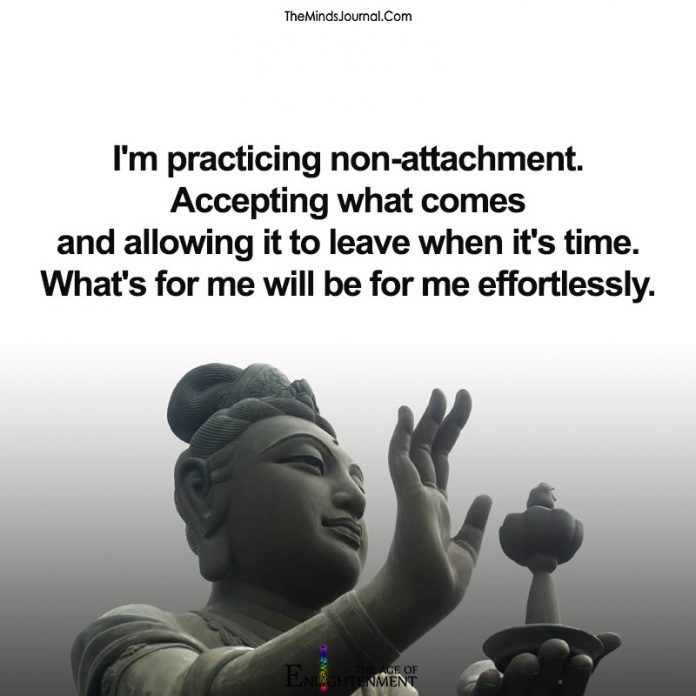
Essentially, non-attachment is about letting go of everything, both physical and non-physical – or what spiritual teachers such as Eckhart Tolle refer to as “dying before you die.” At first, this sounds scary, but dying before you die really only means letting go of everything that is preventing you from finding what is true, eternal, unchanging, and forever present.
In the words of Tolle,
“Death is a stripping away of all that is not you. The secret of life is to die before you die – and find that there is no death.”
So non-attachment, at the deepest level, is about returning back to your True Nature or Higher Self by loosening the grip of the mind on internal and external things.
14 Benefits Of Non-Attachment
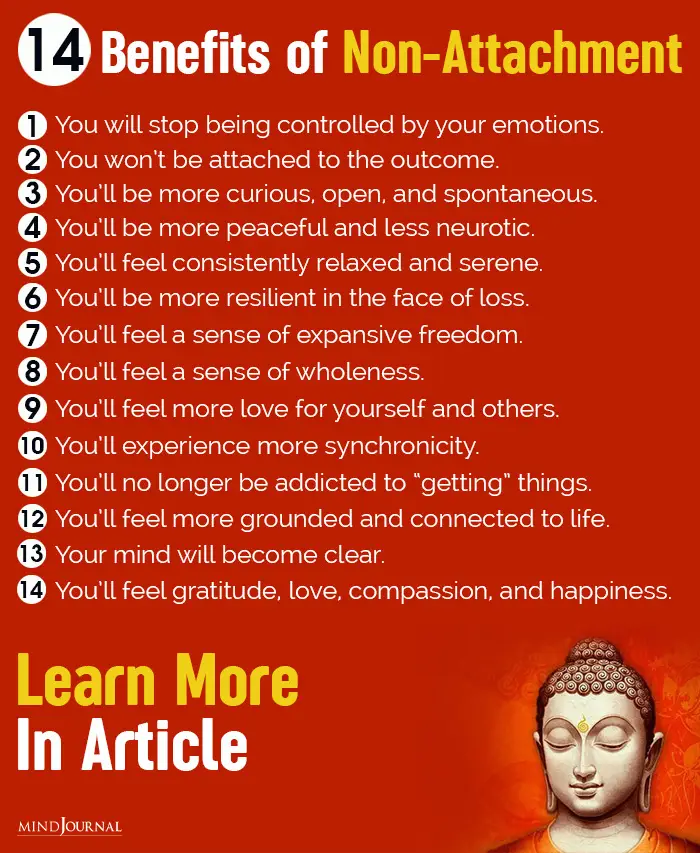
When we stop clinging to internal and external phenomena, our whole relationship with life is transformed. Here is what may (or may not) happen when you learn how to practice acceptance and surrender:
1. You will stop being controlled by your emotions, instead, you’ll become interested in them.
2. You won’t be attached to the outcome, meaning that you’ll be free from the dread, anxiety, and inner tension that comes with clinging to expectations.
3. You’ll be more curious, open, and spontaneous because you have no predetermined desire or craving.
4. You’ll be more peaceful and less neurotic, meaning that your relationships and friendships will drastically improve.
5. You’ll feel consistently relaxed and serene because you’re not identifying with your thoughts and feelings (and instead you’re witnessing them as a “passive observer”).
6. You’ll be more resilient in the face of loss and death because you’re not attached to people and realize that all things are ephemeral.
7. You’ll feel a sense of expansive freedom because you’re no longer a slave to the mind.
8. You’ll feel a sense of wholeness because you don’t need or want anything in particular, you’re happy just as you are in the present moment.
9. You’ll feel more love for yourself and others because you’re not attaching to beliefs and expectations about who you/others “should” be or what “shouldn’t” happen – you’ll give yourself and other people the freedom to be themselves without judgment.
10. You’ll experience more synchronicity as life unfolds effortlessly and naturally.
11. You’ll no longer be addicted to “getting” things or filling an empty hole in yourself because you’re content and don’t attach to the belief that someone or something will “complete” you.
12. You’ll feel more grounded and connected to life because you’re not lost in thought-based attachments – you’ll actually participate in life more fully.
13. Your mind will become clear and you’ll be able to perceive the truth more easily.
14. You’ll feel gratitude, love, compassion, and happiness permeate your life as you have let go of the need to chase happiness (which creates unhappiness).
Put non-resistance and non-judgment together with non-attachment, and you have a recipe for complete inner peace. Why? When we stop resisting life and judging things to be “good” or “bad,” we naturally let go of a lot of anger, hatred, fear, and sadness.
Related: How Non-Attachment Empowers Love And Relationships
The Mistake Of Attaching To Non-Attachment
After hearing about non-attachment the tendency of the mind is to instantly fire up and start masterminding ways of “achieving” non-attachment. But be careful! Even the desire to want no desire is still a desire!
The whole point of non-attachment is to begin paying attention to your thoughts. What occupies your mind all day? What drives you? In what ways are you seeking happiness from the external world rather than the internal world?
Non-attachment is a concept that helps us to explore what is happening within us … but at the same time, it can easily become yet another attachment. So pay attention. Be wary of allowing non-attachment to become yet another “Trophy” you’re trying to add to your spiritual cabinet because it doesn’t work that way. It is impossible to practice true non-attachment when we’re attached to the desire to be non-attached.
How do we prevent this (largely overlooked) attachment from happening? We’ll explore that soon. But first, let’s examine the:
3 Kinds Of Attachment
In order for us to transform and evolve, it’s essential to discover what our strongest attachments are in this world. In my own journey so far, I’ve discovered three main types of attachment. Which can you relate to the most?
1. Material Attachment
It’s no wonder that many of the sages and spiritual masters of the world were sojourners for most of their lives, having little food or money, and certainly, no land or property to claim as their own. Their behavior points to a higher truth: that material possessions are meaningless and transient. The more you have physically, the more you have to lose, and thus, the more worried you become about losing it all.
When our happiness and security lie in the external world of objects and things, we are in constant peril. At any moment our houses could burn down, our treasures could be stolen, our bank accounts could be hacked, and our businesses could go bust. Attachment to the material world is like building a fortress on shifting sands: your house is bound to crumble and fall at one time or another.
If you struggle with the material attachment you:
- Love the prestige of having a stylish house, designer car, fancy clothing, and other items that indicate how wealthy and successful you are.
- Gain your self-esteem and happiness from material possession, e.g., you love having the latest iPhone and without it, you’d feel outdated (and like a bit of a loser).
- Dream about living in a better house, having a better kitchen, a more expensive surround sound system, a larger pool, renovating the garden, and so forth – you gain a lot of pleasure from these daydreams.
- Shopping sprees make you excited; you love bringing back bags of clothing, accessories, shoes, and other household items.
- Can’t stand the thought of losing all of your possessions in a natural disaster.
- Feel as though you couldn’t do without certain items or luxuries.
- Feel as though insuring your possessions is essential for your well-being – you want some kind of monetary reimbursement if you lose something (… to buy it all back again).
- Love surrounding yourself with beautiful furniture, linen, paintings, etc. They’re all absolutely necessary to enhance the quality of life and your well-being.
- You’re extremely upset or annoyed when something you want discontinues or sells out.
Related: The Best Way To Cultivate Contentment And Inner Peace In Yourself
2. Personal Attachment
Unlike personal attachment, being non-attached to a person/people means being able to coexist with them without using them as a means towards an end. In other words, personal non-attachment is not needing anyone for acceptance or validation.
Unfortunately, many of us unwittingly fall into the trap of using other people to create our happiness. This is also known as conditional love, as a person loses their value to us once they cease to be a source of comfort in our lives.
The person who has developed non-attachment, on the other hand, gains their love, acceptance, and validation from themselves, rather than from others, this is why there are different styles of attachment. Thus, they are able to love unconditionally regardless of what role the person plays in their lives.
If you struggle with the personal attachment you:
- Emotionally distance or completely cut off someone from your life once they become problematic or cease to be a source of personal validation for you.
- Feel lost and alone without the unceasing support of a loved one.
- Feel agonized for years after a person stops loving you.
- Hold grudges and find it hard to forgive people who have hurt you.
- Are needy and clingy – you struggle to provide your loved ones with the freedom they need to thrive (and you need their constant attention to be mentally sound).
- Are manipulative; you can be deliberately or unconsciously self-destructive in order to gain attention, love, and affection.
Related: 10 Steps For Practicing Self Love
3. Thought Attachment
Perhaps the most insidious of all, thought attachment can destroy physical, emotional, psychological, and interpersonal well-being in the blink of an eye.
When we attach ourselves to a belief, expectation, preconceived notion, or idea – especially if these are negative or harmful – we in a sense walk around with a loaded gun. Eventually, we end up shooting ourselves, and others, with our thought attachments: it’s practically inevitable.
When we attach ourselves to a thought, we do so because they bring us either comfort, ego justification, or a sense of order and security. For instance, many of us possess thought attachments like: “I’m always like this. I can never change”, “Those people are all a bunch of idiots/thugs/thieves/liars, etc.,” and “I have found the truth! I’m right and they’re all wrong,” “My life should be like this _________,” “It will always be this way. It will never change.”
Those who are strongly attached to their thoughts tend to use extremist language, canceling out all other perspectives or possibilities and creating psychological and emotional tension, harm, and limited perception. The vocabulary usually includes words and phrases like “should,” “right/wrong,” “good/evil,” “always,” “never,” “forever,” “they are all,” “you are all,” “I am always,” “they are always,” “you are never,” “they are never,” and so forth.
Thought non-attachment, on the other hand, observes a thought, but does not identify with it, and therefore does not attach to the thought. This experience is usually developed by quieting the mind, such as in the practice of meditation, where one learns the true nature of thought: that all thought arises spontaneously and we do not control our thoughts. Because we do not control our thoughts, we are not our thoughts, we are the space behind them (also known as Consciousness). Therefore, why should we take them so seriously?
Thought non-attachment allows us to be liberated from the narrow cycles of the mind that we become trapped in, to a more expansive and open-minded perception of the world.
If you struggle with thought attachment you:
- Tend to try and “figure everything out” all the time.
- Believe certain cultures or groups of people are all alike.
- Are quite hard and judgmental towards yourself, and thus are hard and judgmental towards others.
- Stereotype people easily.
- Believe people and situations are either entirely good, entirely bad, entirely right, or entirely wrong.
- Tend to see the world in black and white, e.g., something or someone is always like this, or never does that.
- Often get lost in your head: your thoughts seem to possess you.
- Feel controlled by your thoughts: they can easily make you extremely sad, bitter, angry, jealous, etc.
Don’t feel dismayed if you can relate to one (or all) forms of attachment. We are all imperfect, we are all human, and that’s perfectly okay. Simply being aware of these forms of attachment, however, will help give us that extra centimeter of space between our True Nature and our false attachments.
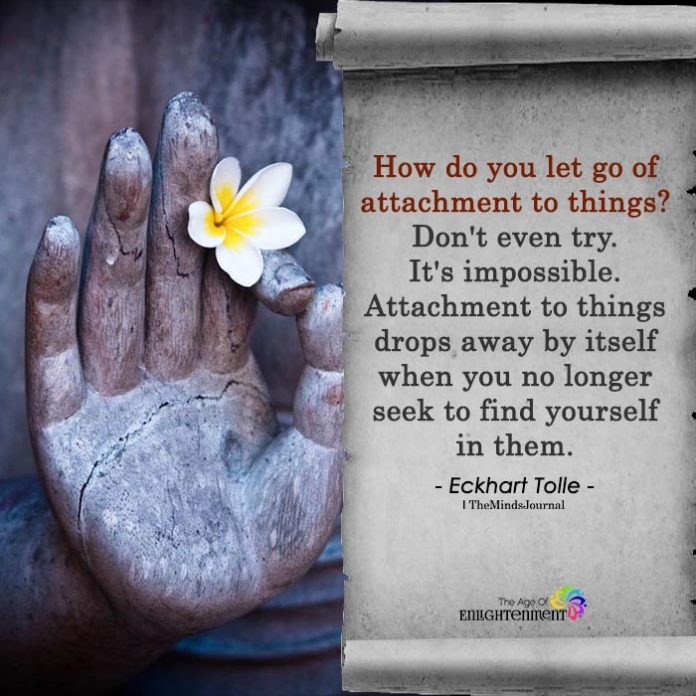
How To Stop Being Attached To Thoughts, Feelings, People, And Circumstances
Non-attachment is usually the byproduct of spiritual practices such as self-discovery, self-acceptance, and self-love. Here are some useful ways to begin letting go of habits, desires, and thought patterns that no longer serve you:
1. Stop looking for happiness in external things.
When we chase happiness by believing that someone or something outside of ourselves can make us happy, we suffer. In fact, the pursuit of happiness is the greatest form of attachment there is in society.
Instead, try to direct your attention inwards. At first, seeking happiness from within (involution) can be extremely difficult as we’ve been conditioned to find “happiness” in material things, accomplishments, titles, and people. But with practice, you will start to find the peaceful center within you known as your soul. Regularly setting aside time to be quiet and still with yourself can help you tune into this inner space.
Related: 10 Ways To Start Feeding Your Inner Life To Thrive
2. Let go of the “shoulds” and “musts”.
How do you approach life? Are the words “should” and “must” a big part of your vocabulary? Expectations (which are mental attachments) are always prefaced with one of these two words, for example, “He should be nicer,” “I must achieve this or I will be a failure,” or “They should stop doing that immediately.”
Pay attention to the use of these two words and how they reflect in your behavior. Are you believing that something “should” happen or someone “must” be a certain way? Let it go. You cannot change people. Allow life to flow without imposing useless expectations onto it.
3. Practice allowing.
Allowing is about permitting life to be just as it is. Allow your thoughts. Allow your emotions. Allow things to not go the way you expected. In the words of Abraham Hicks, “The Art of Allowing is the art of finding my alignment, and therefore, living in joy no matter what’s happening around me.” By allowing life to happen, you stop resisting and suffering ceases.
4. Make friends with uncertainty.
We control, obsessively plan, and try to predict things out of pure fear. But the problem is that the more we resist uncertainty, the more paranoid, anxious, and tense we become. When we learn to embrace uncertainty and to allow life to unfold as it wants, we don’t experience fear anymore – instead, we feel calm, curious, and open to all possibilities.
This openness allows us to adopt a playful attitude towards life because we’re no longer limited by fearing the unknown. Sometimes a simple shift in mindset can help you befriend uncertainty instead of loathing it. For example, instead of dreading “what will come around the corner” start perceiving the unknown as a big surprise waiting to happen.
5. Learn to observe your thoughts and feelings.
The easiest way to observe your thoughts and feelings is through a regular daily meditation practice. I recommend trying Vipassana meditation as it helps you to stay grounded while discovering with first-hand experience that you are not your thoughts: your thoughts are simply fluctuations of energy that rise and fall like waves in the ocean.
The more you incorporate thought awareness into your life, the more readily you’ll see how irrelevant many thoughts are: they only mean something when you assign them meaning. When you don’t give thoughts importance, they cease to cause you pain.
Related: 3 Buddhists Truths to Bring you Greater Peace
6. See how transient all things are.
Look around you and try to find something that will last forever. Who or what will last eternally? The reality is that all things will sooner or later die. By reminding yourself of this fact, you will start living life as fully and completely as possible. Seeing the transience of life is deeply saddening but also gives us the opportunity to experience true joy.
If everything lasted forever, what a boring thing life would be! Death helps us to appreciate life. So appreciate it while you have it. Furthermore, use this recognition to fuel your pursuit to find that which doesn’t change, or that which is eternal. Start looking within and you will be surprised … or more than surprised, ecstatic!
***
Non-attachment and letting go, go hand in hand. If you want more guidance on how to let go, I recommend checking out our article 42 Powerful Ways of Letting Go of Anger and Heartbreak. This article is packed to the brim and full of helpful tips and advice.
When all has been said and done, non-attachment is one of the keys to experiencing an enlightened form of living that is grounded in the here and now and is wildly and utterly alive. Non-attachment isn’t about becoming some dull “emptied” husk of a person – it is about living with the aliveness, rawness, and simplicity of a true Master.
So now I’ll turn it over to you: what are your thoughts on non-attachment? Do you have any useful tips to share with this community?
Written by Aletheia Luna Originally appeared on Loner Wolf
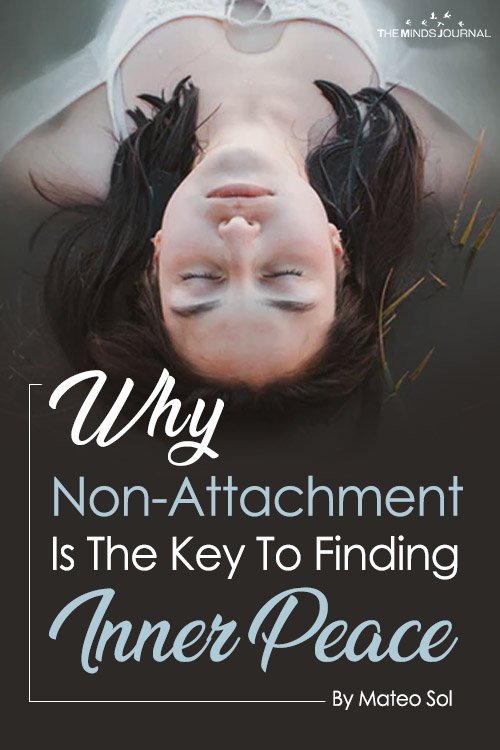
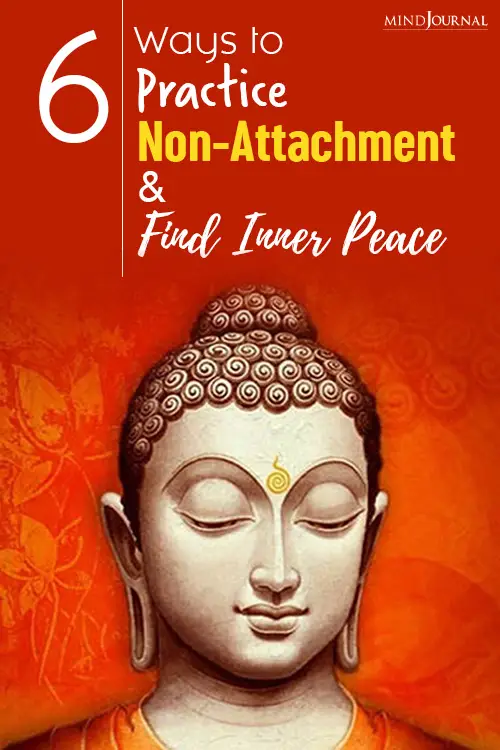
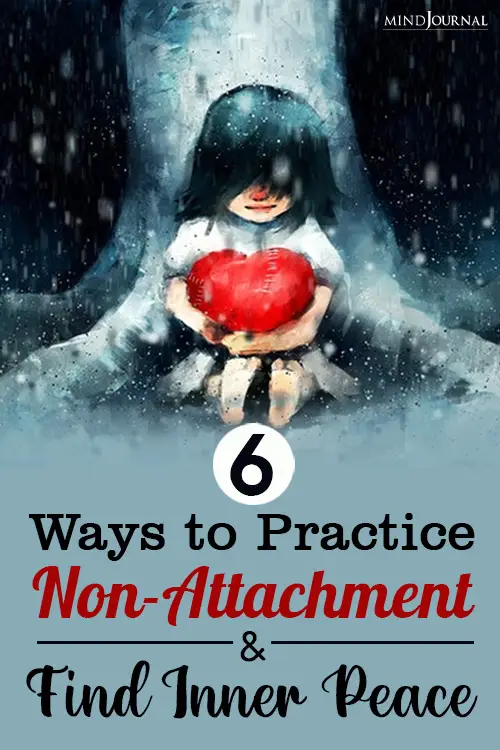
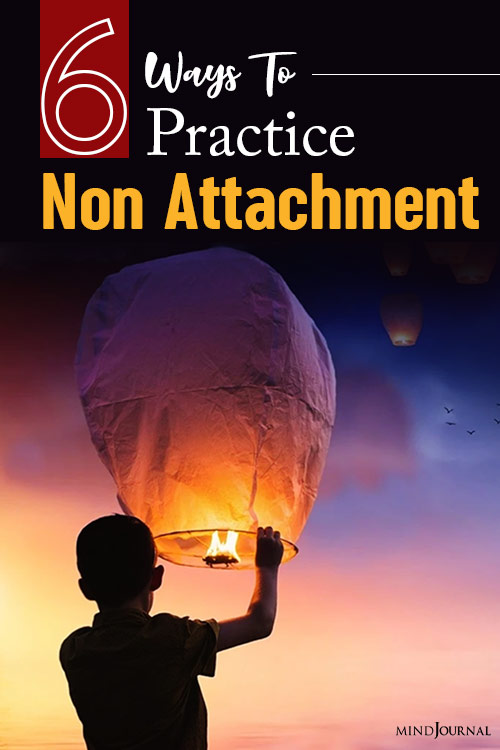
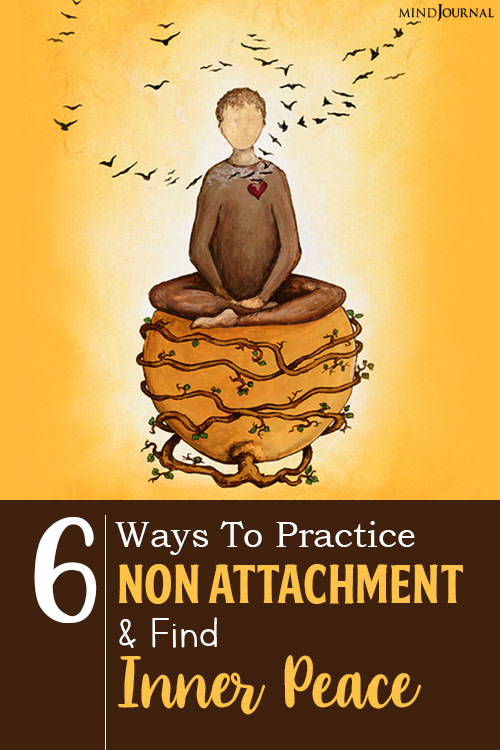
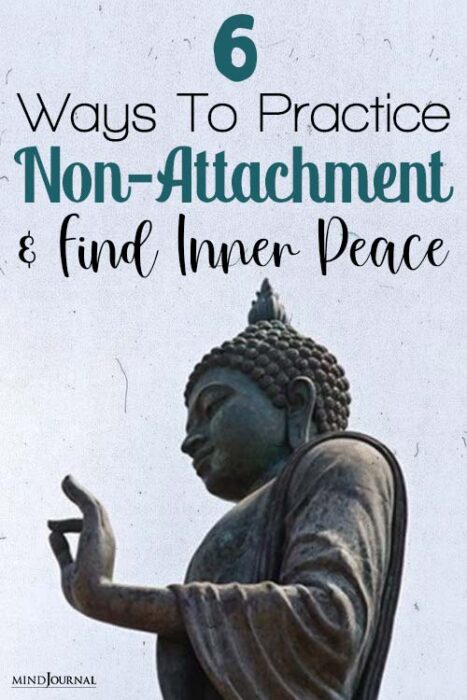
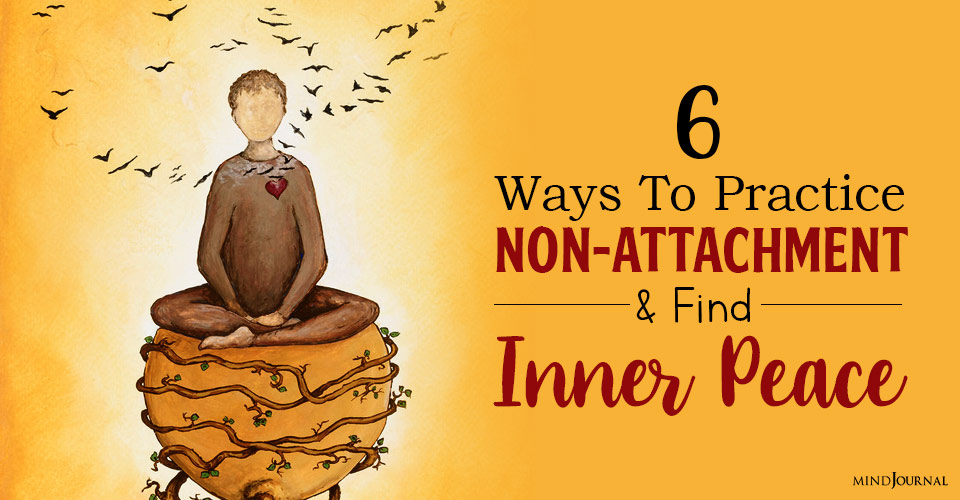
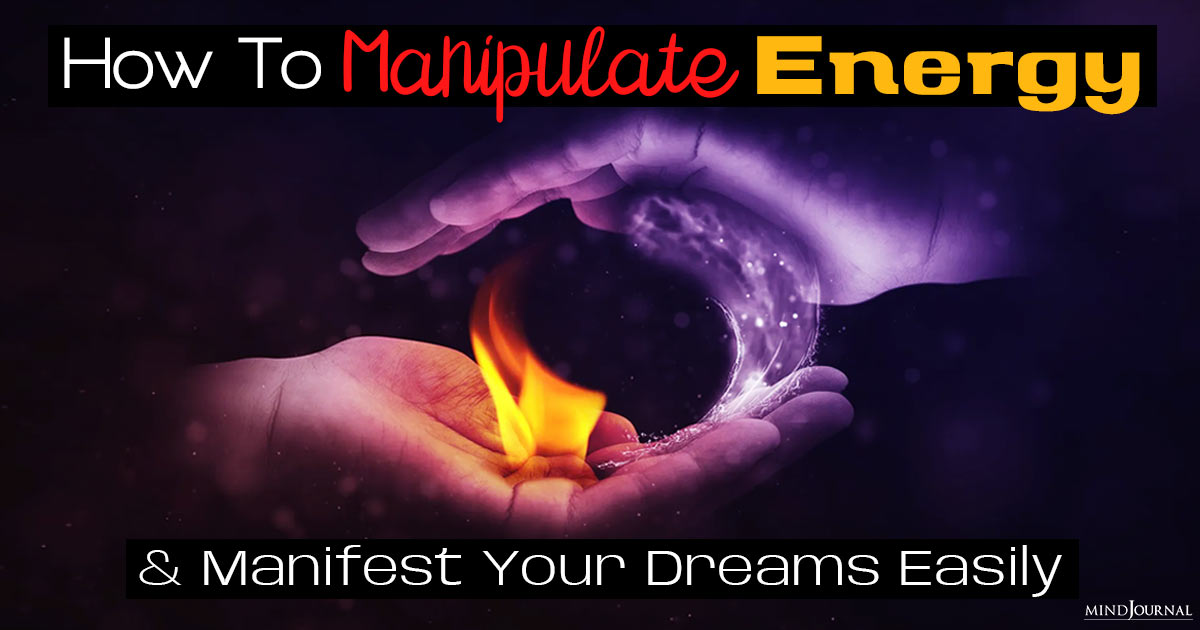
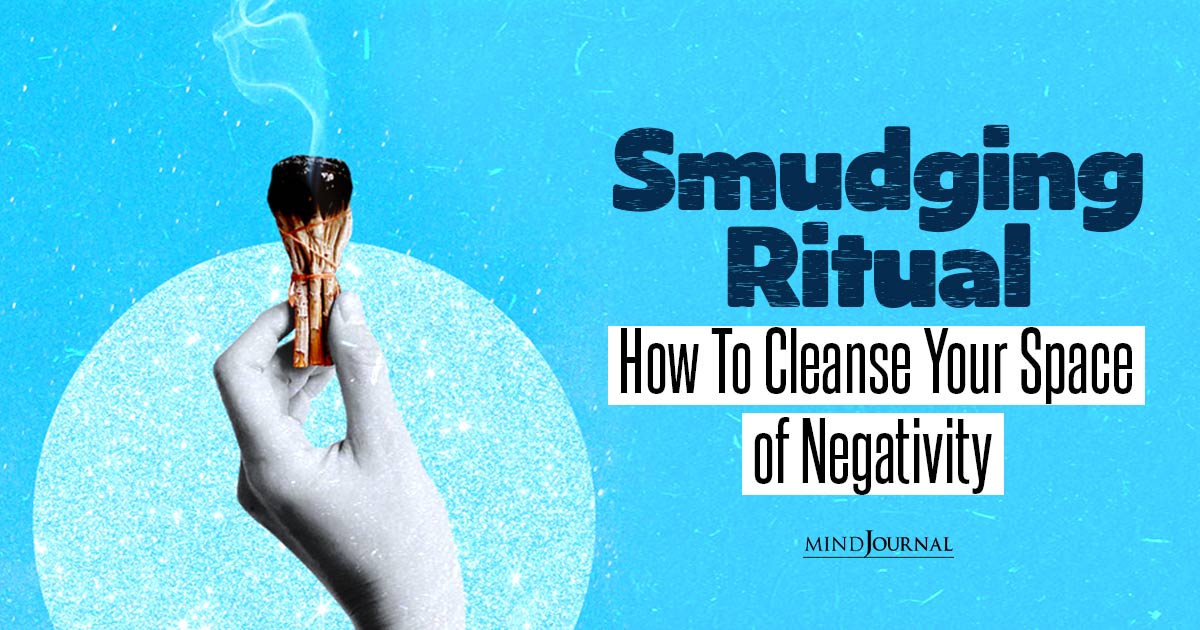
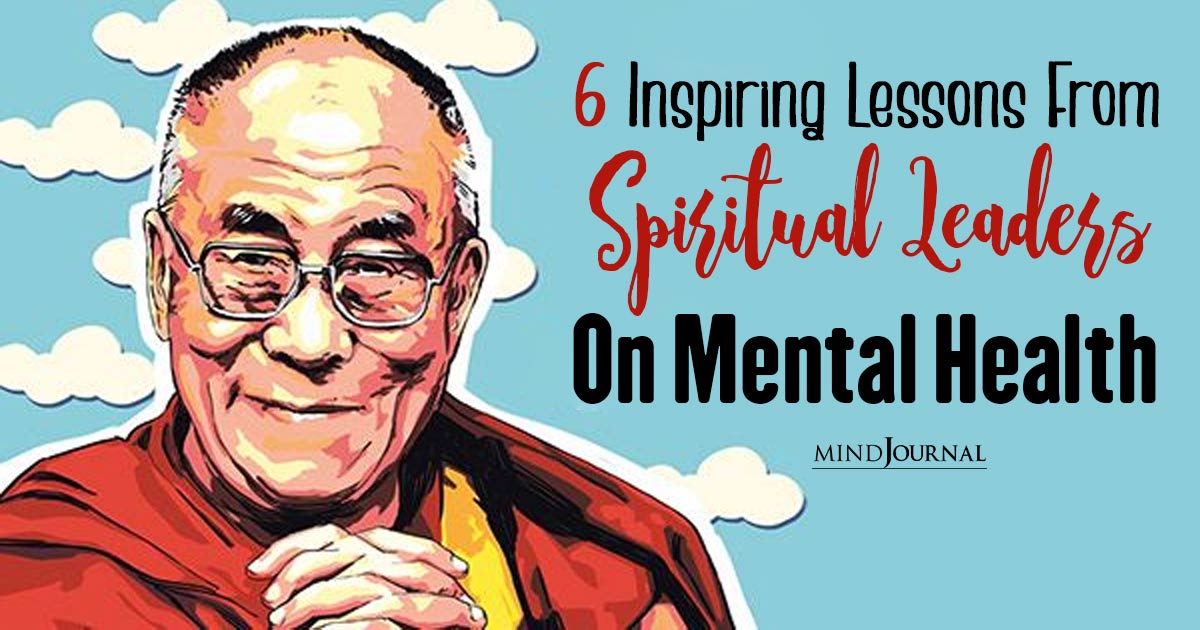
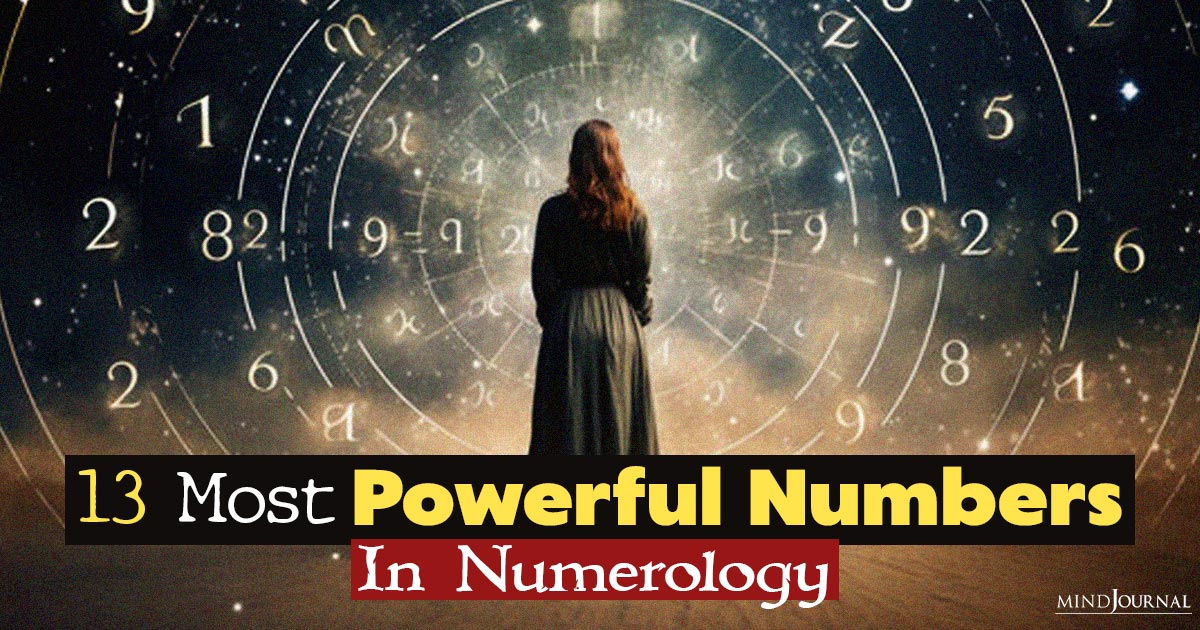

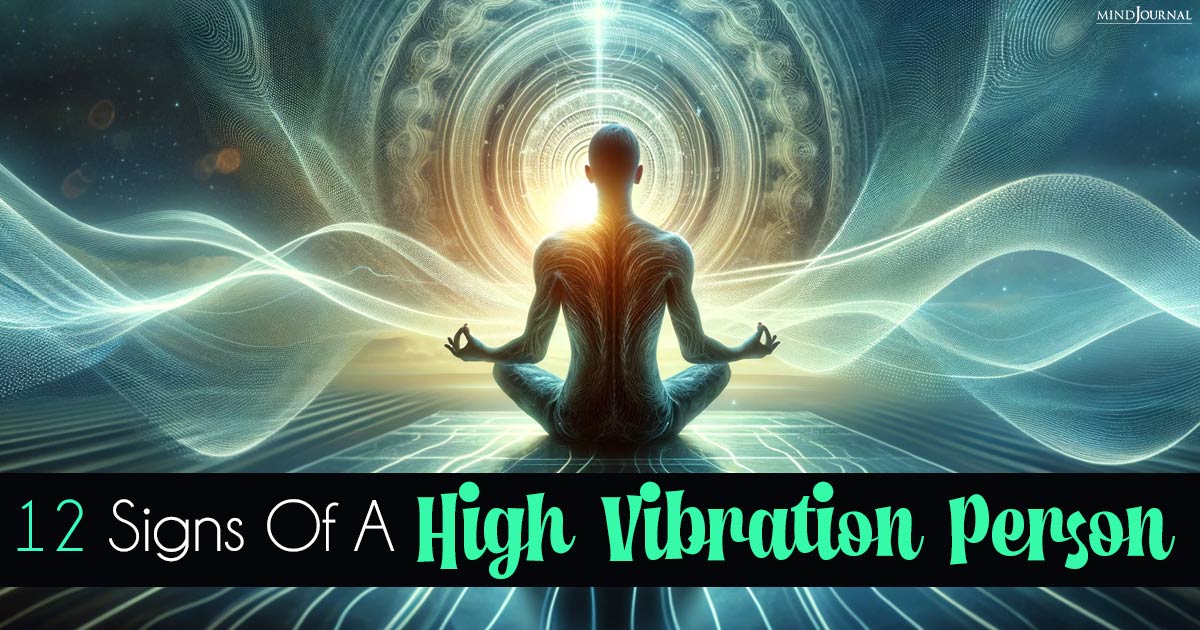
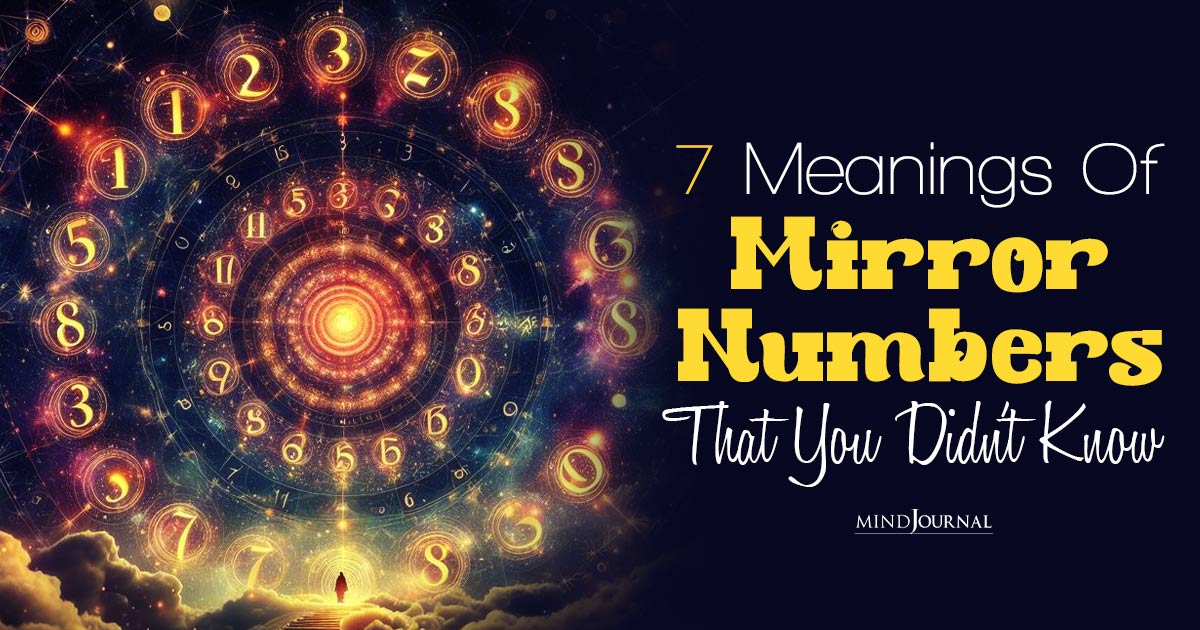
Leave a Reply
You must be logged in to post a comment.